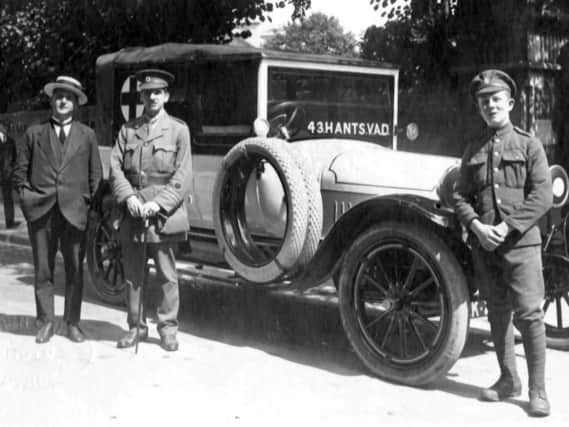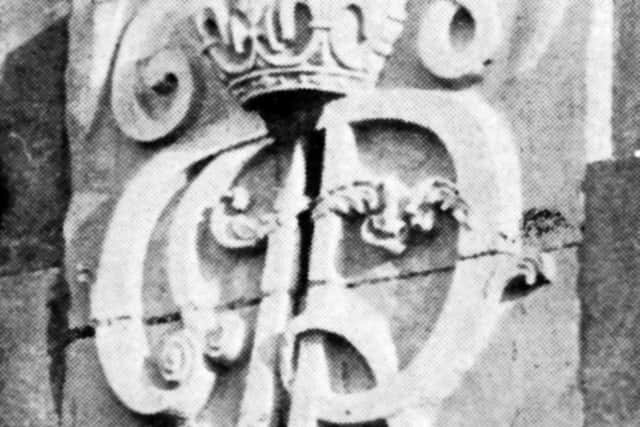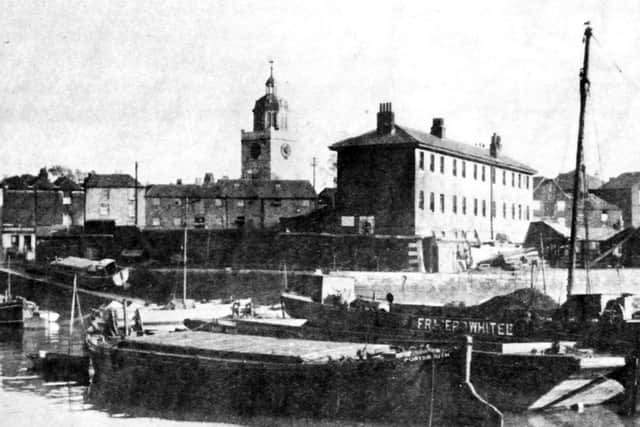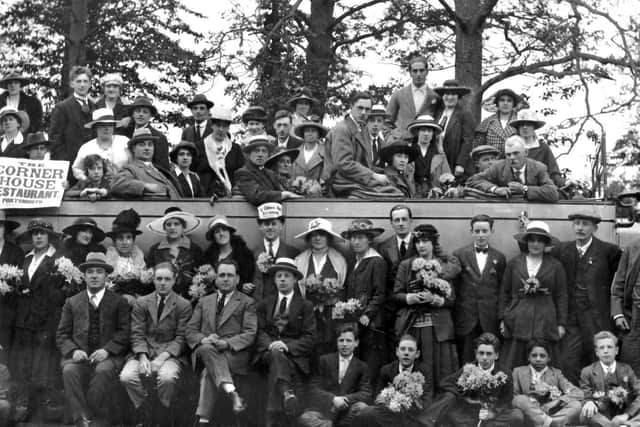Portsmouth's untrained volunteer nurses who supported injured WW2Â heroesÂ


The nurses were not under strict military or naval control like the Queen Alexandra Royal Army Nursing Corps (QARANC) and the Queen Alexandra Royal Naval Nursing Service (QARNNS), but they did work close to battlefield dressing stations and also in military and naval camps in a recuperation role.
Many worked at the survivors' camp Stockheath Naval Camp, at Leigh Park, during the Second World War.
Advertisement
Hide AdAdvertisement
Hide AdThe VAD system began in 1909, assisted by the Red Cross and the Order of St John.


During the First World War many of the nurses were not accepted on the frontline and instead were used for canteen and driving work.
As they were basically untrained, at the war's end the nursing profession agreed VADs should not be allowed on to the newly-established register of nurses.
I think the photograph, right, is posed in Queen's Crescent, Southsea.
Advertisement
Hide AdAdvertisement
Hide AdThe car has been loaned to the VAD for use as an ambulance '“ notice even the tyres are painted white.


Perhaps someone can let me know the make of car.
Â
At one time there were barracks all over the southern part of the city '“ Cambridge, Colewart, Eastney, Milldam, Victoria, and Hilsea to the north.
I've discovered that at one time there were barracks in Old Portsmouth which had been there since 1687 and were demolished circa 1925, picture below right.Â


They were built to accommodate troops of King James II and handed to Portsmouth Corporation about 1922.
Advertisement
Hide AdAdvertisement
Hide AdThey were converted into flats but were not a success and the buildings were demolished about 1925.
The memory of the barracks were not completely lost. Two finely carved stones bearing the monogram of James II with the date 1687 were preserved in the city museum.
It appears they were later transferred to the Round Tower in Broad Street where they remained for many years.
Then came the great alterations to the east side of Broad Street and White Hart Road and the building of King James Quay, a private residential block of flats and town houses.
Advertisement
Hide AdAdvertisement
Hide AdWhen the outside wall was built the two monograms were to be set in the walls, but one was found to be past its sell by date so only one was used.
The monogram, four foot square, is floodlit at night, below left.